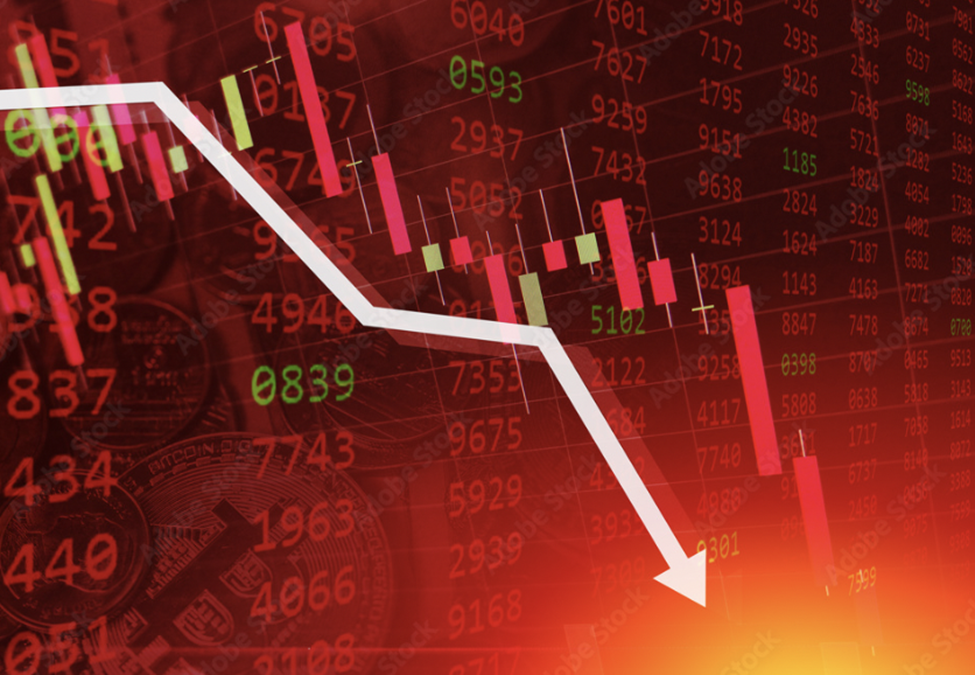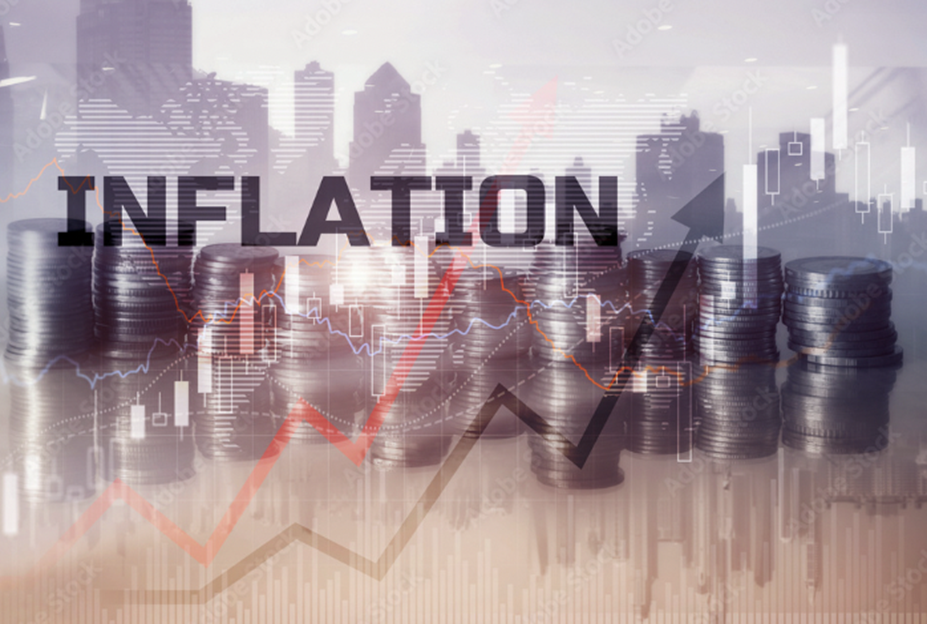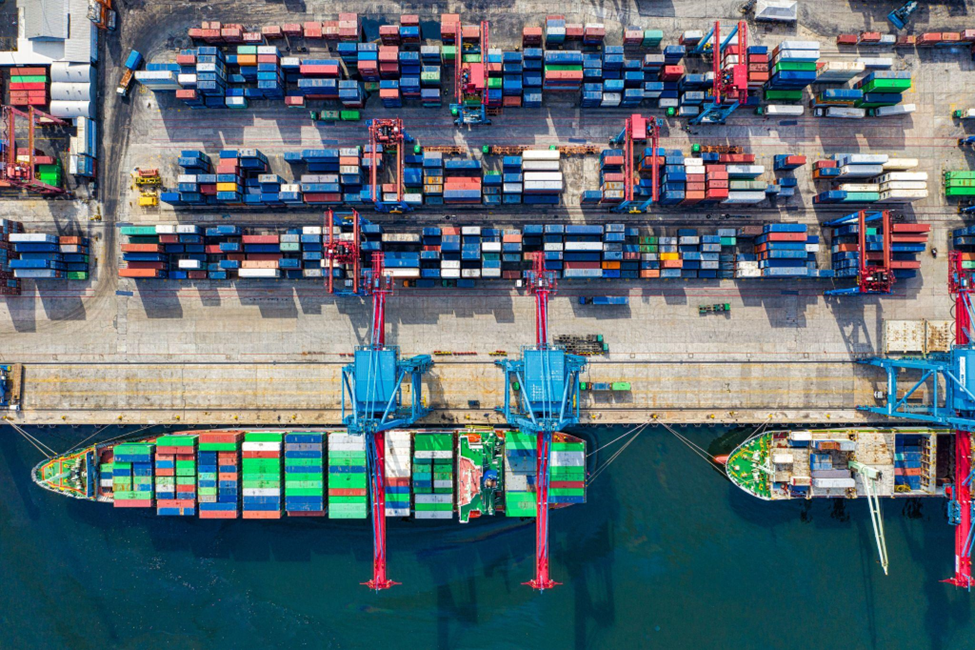The first half of 2022 has proven a tough time for the stock market, investors, and publicly traded companies. After years of double-digit returns and high-flying times for tech stocks, the markets are finally experiencing a reckoning – and it’s proving to be exceedingly painful so far. Many investors want to know what’s behind the recent selloff, whether it’s just a scare or if the good times have finally ended.
Let’s explore some of the reasons why the markets are in free fall and just how severe the damage is.

Just how bad has the stock market been doing in 2022?
As of late May 2022, the S&P 500 is down just under 17% since the start of the new year. (This index comprised the 500 largest companies listed on U.S. stock exchanges.) The NASDAQ, the second/largest stock exchange after the New York Stock Exchange (NYSE), is nursing even deeper wounds, suffering year-to-date losses of more than 28%.
Inflation and rising interest rates are slowing growth
After a protracted period of low interest rates, the U.S. Federal Reserve’s decision to implement two rate hikes sent the markets in reverse. An increase in interest rates means it’s more expensive for companies to borrow money; this additional expense can slow economic growth and negatively impact earnings, leading to lower stock prices.
One of the driving forces behind the Federal Reserve’s rate hikes in 2022 is the record inflation ravaging the U.S. However, inflation isn’t a problem exclusive to the U.S., and many other countries appear poised to follow suit – if they haven’t already. In the Euro area, inflation is up to 7.5%. ECB President Christine Lagarde has completely changed her tune from earlier this year and has all but committed to increasing interest rates in Q3 2022.
With inflation and rates on the rise, stocks are clearly more volatile, especially with all the buzz around stagflation. The fear of a lagging economy and chronic inflation would be a perfect storm to send stocks into free fall. In 2022, the mere possibility of this dreaded phenomenon has sent investors fleeing to safe-haven assets like government bonds.

Lingering COVID-19 concerns and lockdowns in China
The first wave of COVID-19 in early 2020 sparked worldwide shutdowns and saw global economies grind to a screeching halt. Meanwhile, the stock market recorded the worst Q1 of all time, dredging up painful memories reminiscent of the 2008 financial crisis.
As governments distributed stimulus checks to keep economies afloat, individuals poured these funds into the stock market. Now that interest rates are on the rise and the stimulus checks have dried up, the stock market drop may be a more accurate picture of investor sentiment.
Though most countries have done away with lockdowns, China, the world’s largest exporter, and second-largest economy, continues to enforce lockdowns in some of its largest cities, like Shanghai and Beijing. Chinese stocks have tumbled into a bear market territory, and the lockdowns have sent shockwaves across the globe.
Supply chain snags continue to plague nearly every industry
We’ve all heard the grumblings from businesses and consumers about the challenges of the supply chain and how they’re responsible for delays on just about everything. The supply chain begins with raw materials, which, as you may have guessed, often takes us right back to China.
Initially, these supply chain issues started when demand for goods soared following lockdowns being lifted. During the lockdowns, manufacturing companies had to scale back their operations to survive, decreasing output and adjusting to lower demand.
When the lockdowns ended and demand suddenly skyrocketed, producers could not meet this demand or scale up to increase production. Combine this with extremely tight labor markets and that manufacturing facilities are limited by how much their machines can produce in 24 hours, and you have a global supply shortage. So, manufacturers do the only thing they can – raise prices. Higher prices and slower delivery times can hinder growth, which, as we know, can hurt stock prices.

The war in Ukraine and oil supply shocks
The ongoing conflict in Ukraine is driving short-term volatility in stocks, likely made worse by Europe’s dependence on Russian energy. Russia’s military strength and geopolitical influence have stoked investors’ fears, while global sanctions on Russian trade have fueled energy supply shocks.
As the world looks to avoid Russian oil, other foreign suppliers are raising their prices, with the energy demand far exceeding the available supply. This imbalance has resulted in more inflation, which, as we know, can prevent growth. Furthermore, inflation – driven primarily by energy – is prompting central banks to raise interest rates, which certainly isn’t doing any favors for GDP growth.
Corporate revenue and earnings misses
While the aforementioned reasons affect stock prices from economic, emotional, and expectational perspectives, corporate earnings misses can also weigh heavily on stock prices. For instance, Snapchat (NYSE: SNAP) shares have plummeted nearly 70% in 2022, largely due to the company missing revenue and earnings targets. Similarly, Amazon (NASDAQ: AMZN) landed far short of Q1 earnings and, though the company experienced some growth, still suffered its worst year-over-year growth in 20 years. Investors reacted by dumping their Amazon shares, wiping out over 27% of the company’s market cap in the last month alone.
The markets aren’t in free fall for any one reason, but rather because of geopolitical uncertainty, supply chain issues, inflation, and rising interest rates. Investors fear the unknown, and the world is in a tenuous position right now. In many cases, investors respond to actual events, like corporate earnings; in others, rampant speculation and fear can motivate people’s financial decisions. In the current economic environment, it seems like every company is facing a set of insurmountable problems, and investors don’t have the confidence that they’ll be able to solve them anytime soon.


